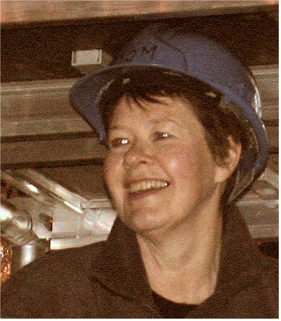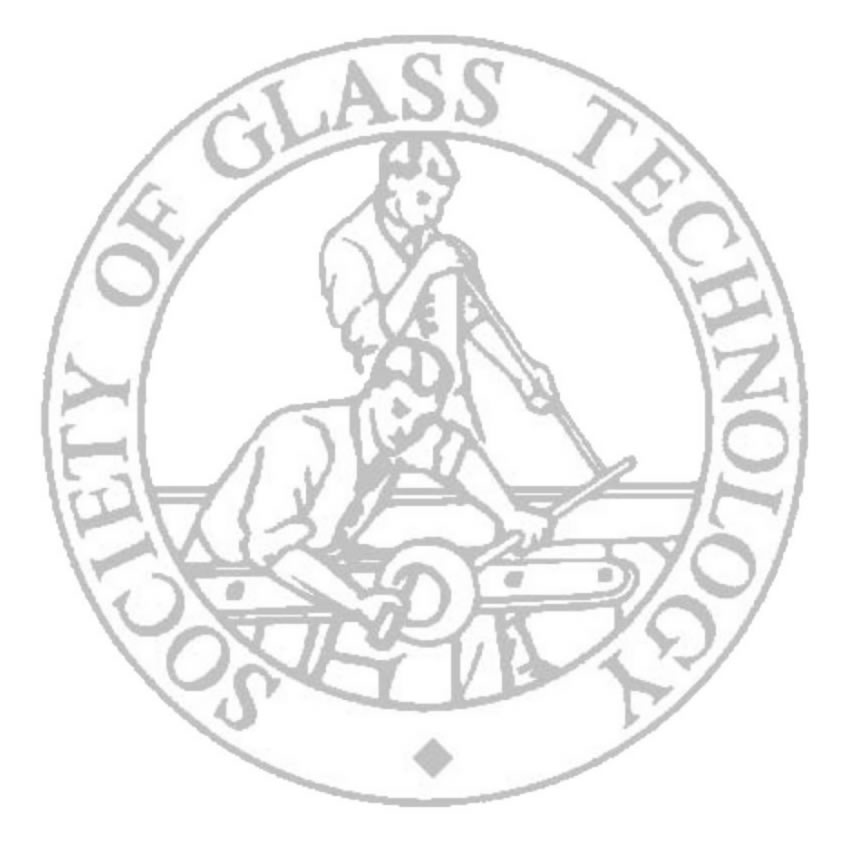Historic Mirrors in Architecture
Sandy Davison

From the seventeenth century onwards large mirrors began to be installed in palaces and homes of the wealthy. The ability to produce such mirrors was intrinsically linked to the production of large pieces of distortion-free flat glass. Small to medium pieces of flat glass could be produced by either the crown or cylinder glass methods both of which were not distortion-free. Eventually the technique of producing plate glass was developed. This had to be laboriously ground and polished before being given a mirrored surface by the application of a tin-mercury amalgam.
Over time the amalgam may deteriorate and this poses a difficulty since the process cannot be halted or reversed. To re-mirror a piece of glass destroys its historic integrity and there is at present no ‘antique’ mirror finish that matches the grey appearance of historic mirrors.

Sandy Davison trained in the conservation of archaeological materials and worked as a conservator for forty years firstly at The British Museum and then in private practice. She has lectured at home and abroad and published widely, including a definitive work, Conservation and Restoration of Glass. Now retired from full-time work Sandra continues to write and to act as a consultant in the field of glass and ceramics conservation.
